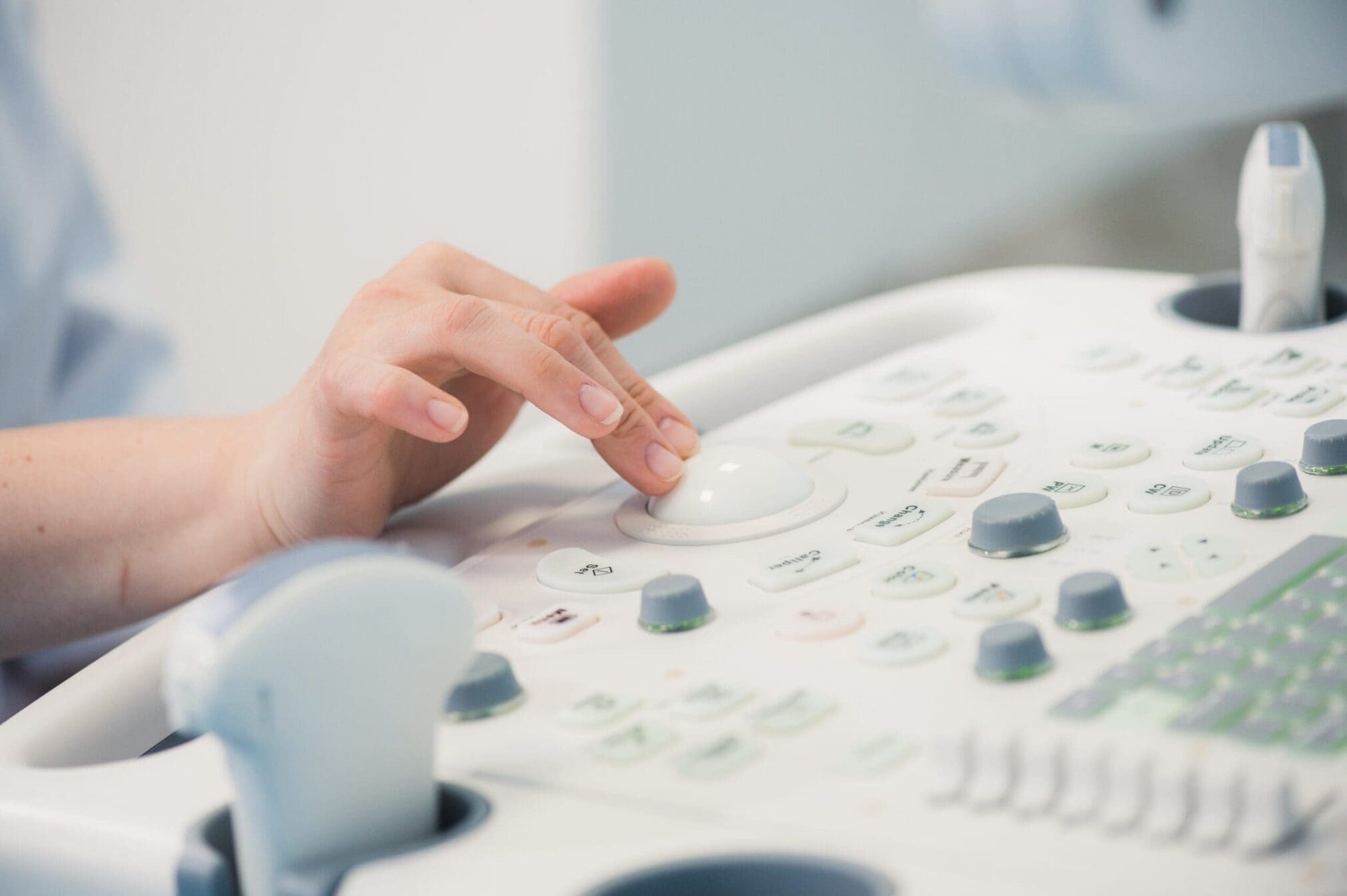As a response to the current shortages of surgical masks and filtering facepiece respirators, and, especially, in order to meet the needs of the sanitary staff, Belgium has set up a working group on the reuse of these products and issued, alongside other collaborators, a national guideline in the same line.
It is important to highlight that, in this context, we are talking about different methods for the reprocessing of FFP2/FFP3 and single-use masks to address the current pandemic. The guideline tackles the situation by aiming to generate a helpful alternative of a temporary nature that fosters the expansion and availability of the products currently at stake.
FDA Guidance as the main source of the newly drafted document
The FAMHP took as a reference the work done by its US homologue when drafting the guideline, while paying attention to the nuances and specificities of the Belgian context.
What are some of the FAMHP recommendations on the reuse of FFP2/FFP3 and single-use surgical face masks?
- Since the use of sterilization methods for the reprocessing does not entail the complete sterilization of the outcoming product, bioburden reduction should be demonstrated;
- Sticking to usual suppliers is desirable for the further reprocessing of already used CE marked products;
- Stakeholders are asked to send a notification of such reprocessing activities to coronashortages@fagg-afmps.be using the provided template;
- Reprocessing activities should not last longer than necessary. Therefore, they have to be encompassed within the shortage period estimation;
- The entity requesting the reprocessing will be legally bind to its decision. Therefore, it will be fully responsible of its activities’ adequacy and result;
- When outsourced, the reprocessing is to be cyclical. Hence, it should revert to the main company — the requester — for its managing at the last instance;
- Evidently, the first and brand-new product manufacturer holds neither responsibility nor liability over the reprocessed product ultimately placed on the market.
As required by the extraordinary condition of the situation, the above general recommendations are further developed in the guideline:
- The selected method for disinfection and sterilization ought to be justified. Quality impact and microbial inactivation on the reprocessed product are to be addressed, therefore;
- The process needs to be disclosed including the following:
» The parameters required for bioburden and viral reduction, such as the irradiation dose, time or temperature;
» Information on chemical indicators (CI) or biological indicators (BI). - The disinfection needs to be validated, but how?
» Evidence: Biological indicators work here. For instance, ≥ 6 log reduction. - Maximum justified number of times a specific mask can be reprocessed, demonstrating that soils are either removed or do not interfere anymore;
- Identification of the compatible or incompatible materials;
- Protocols used for scale-up of the process when applicable;
- A proper description of the chain of custody and safeguards is necessary to prevent exposure, this should include the following:
» Descriptive details of the whole supply chain;
» Description of the safety considerations on each chain link, and;
» Traceability on the number of times the masks have been subjected to reprocessing. - Material compatibility between those used in filters and straps and the reprocessing cycle steps, preventing any harm from happening while identifying incompatible materials simultaneously;
- Guaranteeing the proper performance of the surgical masks after the reprocessing is vital. In this light, the intended performance is established in accordance with different standards depending on each type of mask:
» Surgical masks: EN14683
– Type I: only for patients to reduce the risk of spread of infections;
– Type II: for healthcare professionals in an operating room or other medical settings with similar requirements;
– Type IIR: principally intended for use by healthcare professionals. Masks with high performance regarding the fluid resistant to protect from blood borne pathogens.
» FFP 2 / FFP3: NF EN 149+A1:2009
– The maximum total inward leakage allowed;
– The maximum values concerning the material permeability. - Fit test data. This is required to demonstrate that repeated exposure to the reprocessing cycle does not impair the physical characteristics of the masks to tightly fit the user’s face;
- Labelling: Clearly stating that the mask has undergone a reprocessing process, along with the reprocessor’s identification (name and address), the reprocessing times (how many) and a warning on the need to discard poorly manufactured masks.
Carlos Francisco Marín Barrios
Regulatory Affairs Department
20/05/2020
For further information on the legal acquis applicable to surgical face masks contact our experts at Obelis.net.


